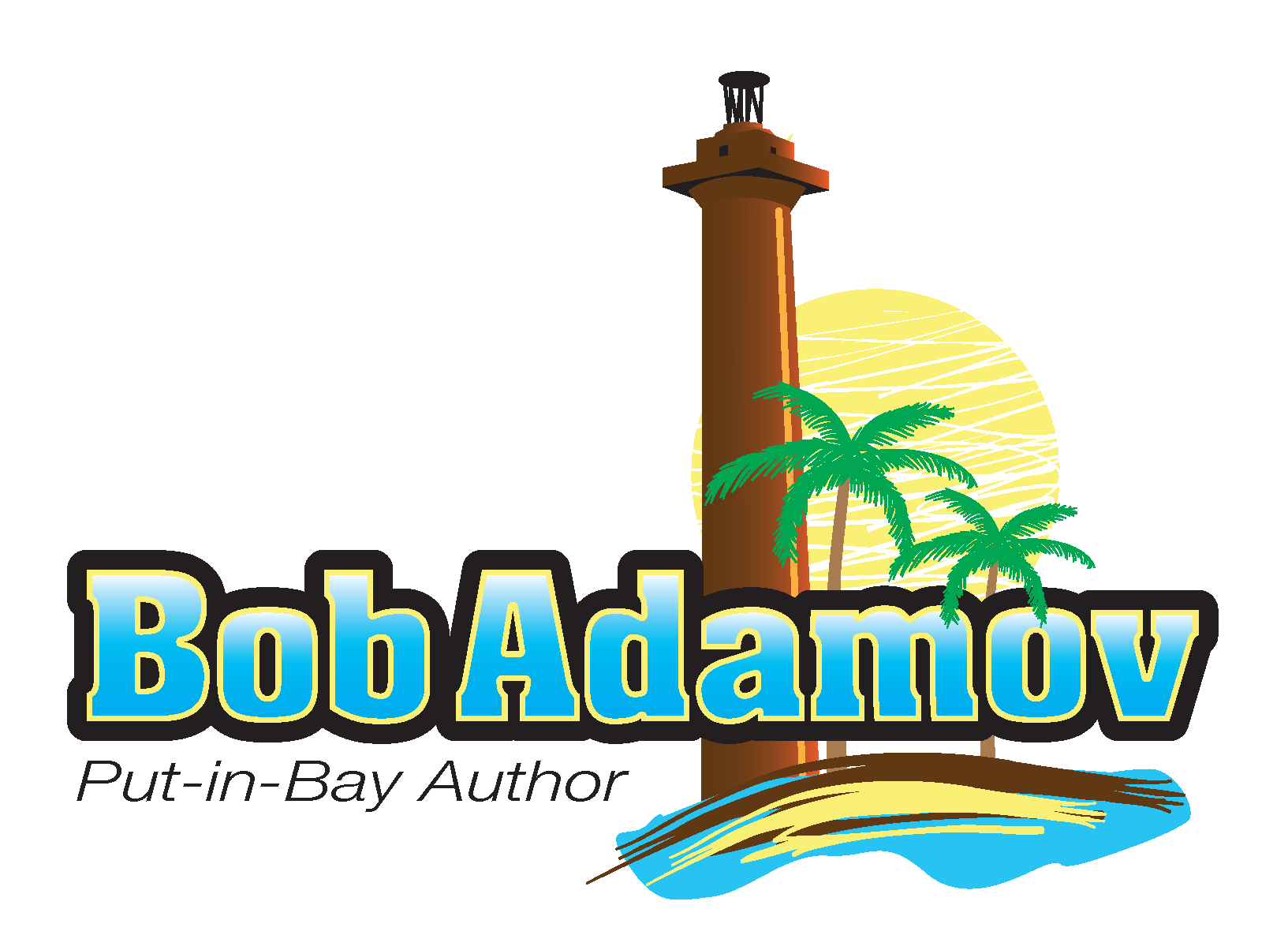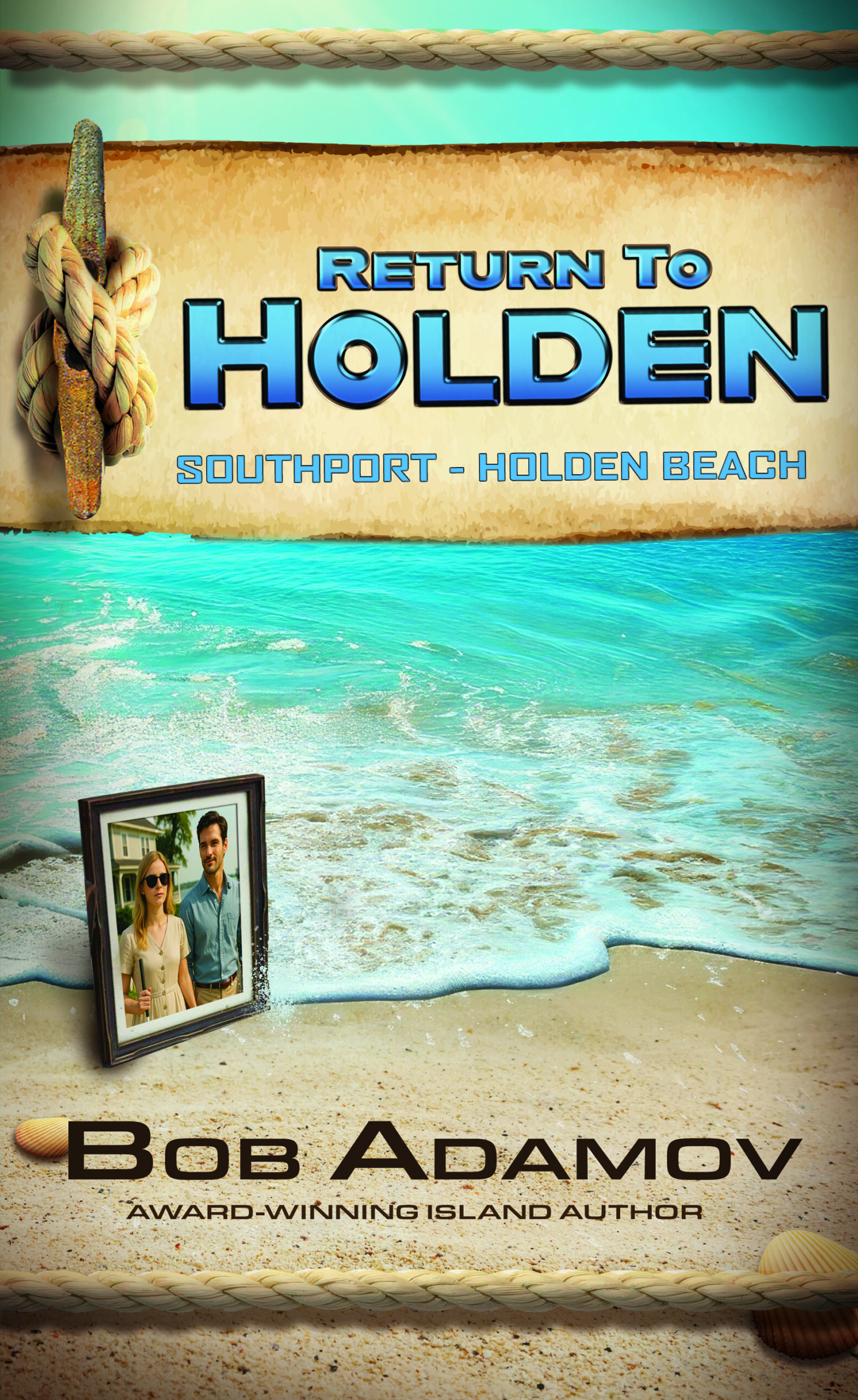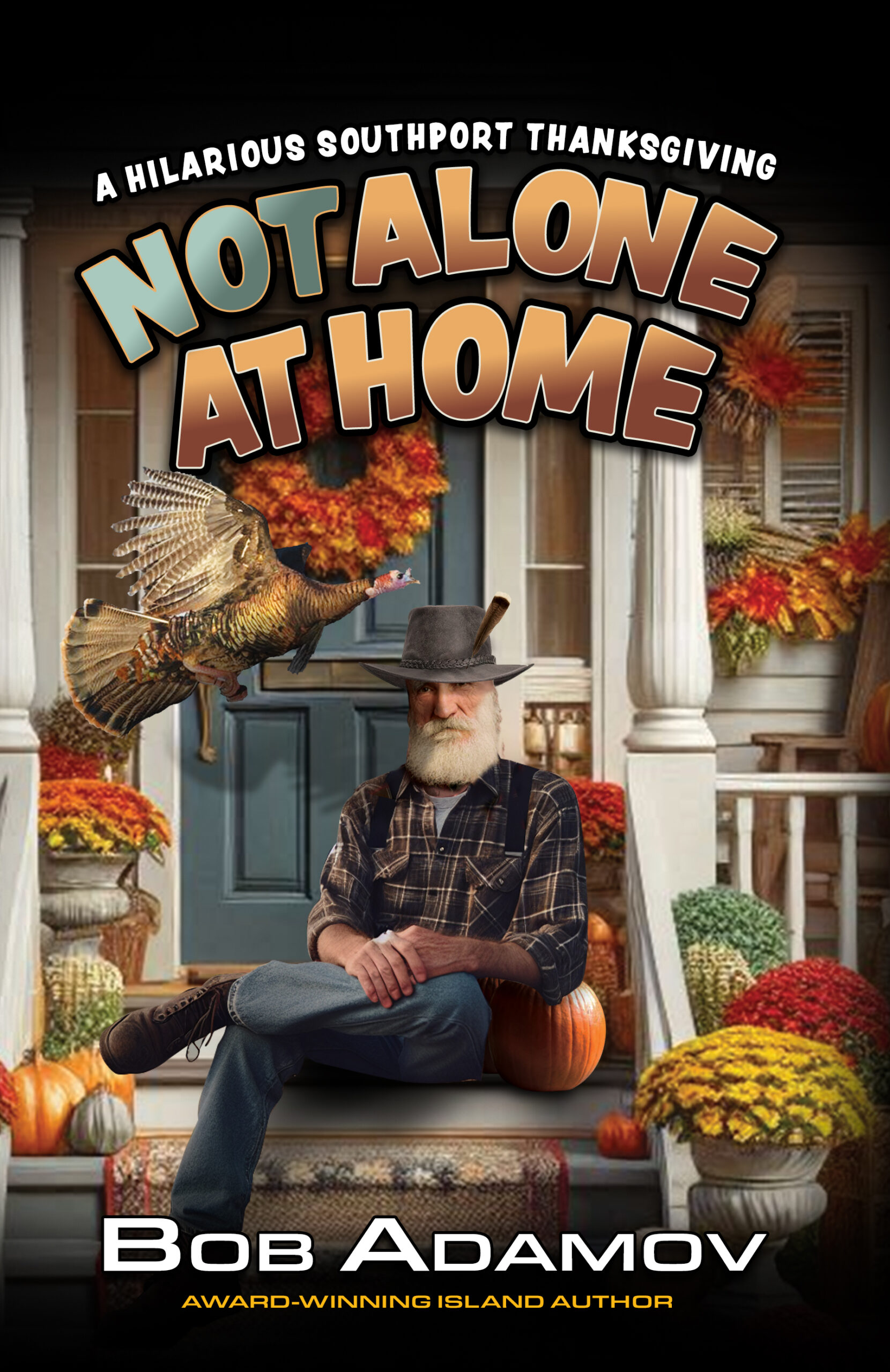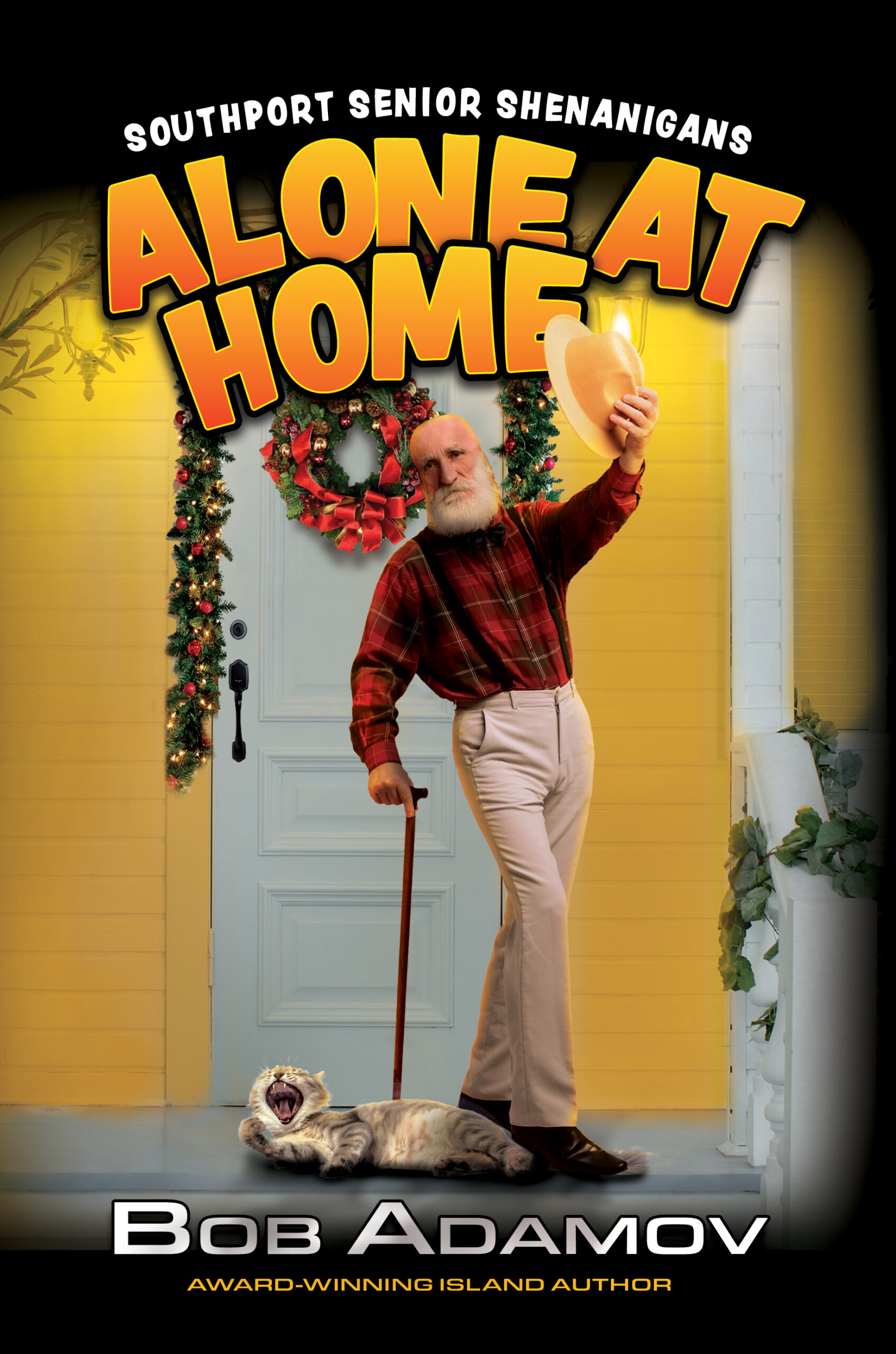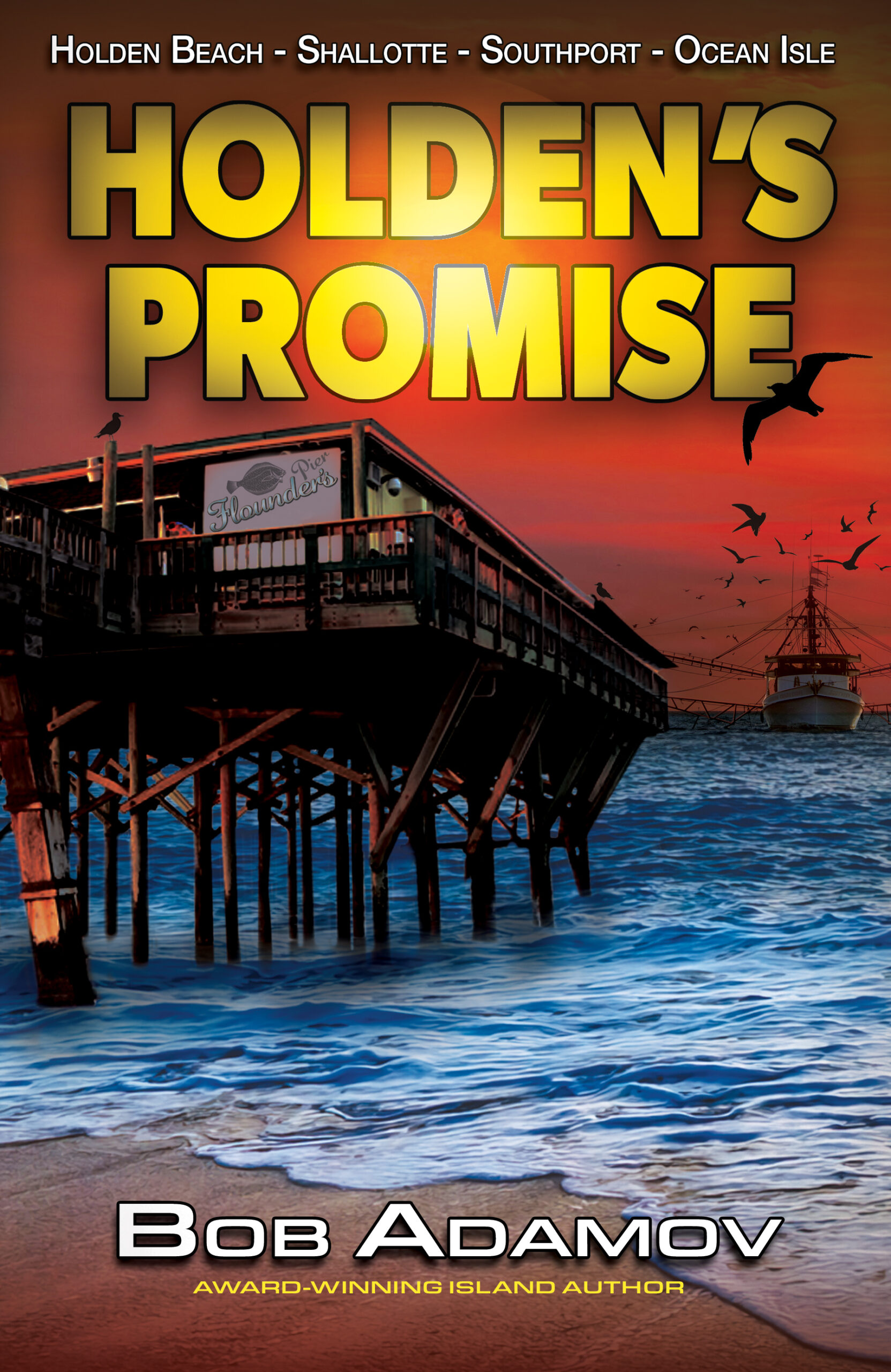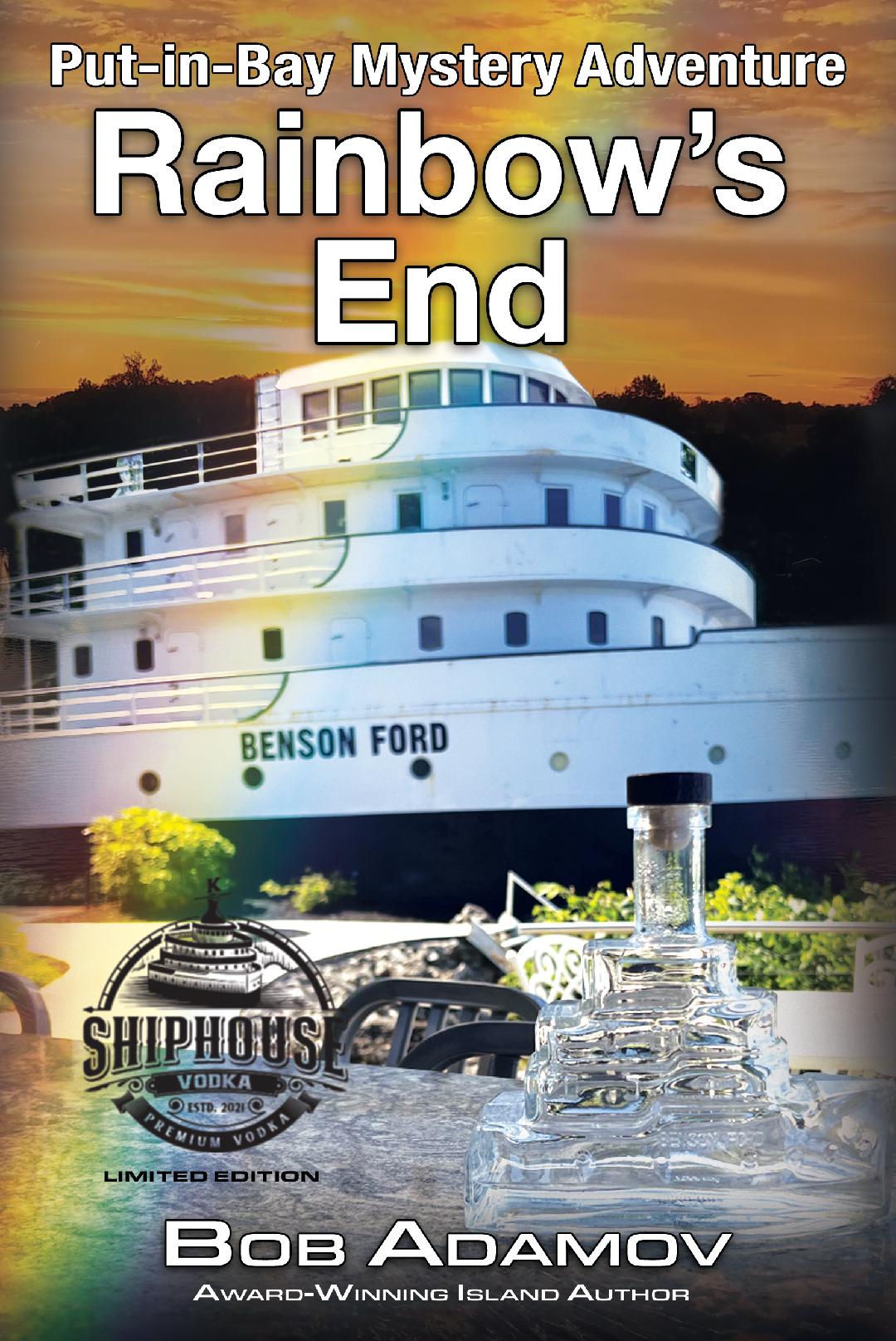Trafficking
Shadow on the Heartland from All Pro HD on Vimeo.
Human Trafficking – You Can Make a Difference!
By Tasha R. Perdue, MSW
Co-chair of the Lucas County Human Trafficking Coalition
Although Lady Liberty stands at the coast, we are nation where not everyone is free. The Emancipation Proclamation, a decree against slavery, was supposed to ensure freedom for all. Despite this document, some people living in the United States are enslaved without the essential liberties that the United States guarantees. Human trafficking, a form of modern day slavery, is responsible for the unjust treatment of individuals across the United States. It is happening here, in the land of opportunity, and includes foreign nationals and our domestic citizens.
The federal Trafficking Victims Protection Act established human trafficking as a federal offense. The Trafficking Victims Protection Act of 2000 (TVPA) defines “severe forms of trafficking in persons” as follows:
Sex trafficking: the recruitment, harboring, transportation, provision, or obtaining of a person for the purpose of a commercial sex act, in which the commercial sex act is induced by force, fraud, or coercion; or in which the person induced to perform such act has not attained 18 years of age; and Labor Trafficking: the recruitment, harboring, transportation, provision, or obtaining of a person for labor or services, through the use of force, fraud, or coercion for the purpose of subjection to involuntary servitude, peonage, debt bondage, or slavery.
There are some important components included in the above definition. Under federal law anyone under the age of 18 is automatically a victim. There is no need to prove force, fraud of coercion. For anyone over the age of 18, these are necessary elements. Force can involve physical or sexual violence or the use confinement. Fraud involves deception where traffickers may lie to individuals about employment opportunities to get them to a different country or area and can include things like modeling, waitressing or even domestic work. Coercion involves the threat of harm or use of intimidation to get the victim to believe that harm may occur if they fail to comply with what the trafficker wants.
When individuals hear of human trafficking they may immediately consider the Hollywood version of trafficking. Although Hollywood is raising awareness that trafficking is an issue, it may also be promoting false assumptions about trafficking. It is important to realize that people do not have to leave the United States, nor even their own neighborhood, to be trafficked. Movement across borders is not a necessary element under the federal trafficking law. People can be trafficked in the town where they were born and raised; or they may be sold in various cities around the U.S., or, on rare occasion, outside of the U.S. Trafficking victims are both men and women, as well as adults and youth.
All youth are vulnerable to trafficking; and traffickers know and recognize this vulnerability. Traffickers prey on youth who demonstrate this vulnerability to a greater degree, but all youth by the very nature of being youth are vulnerable. In addition, adults may also be vulnerable to sex and/or labor trafficking, including both domestic citizens and foreign nationals. However, the United States Department of State estimates that our domestic born youth are the largest population trafficked in the United States. Approximately 100,000 U.S. born children are trafficked for sex, within the United States, in a given year. In Ohio, it is estimated that over 3,000 youth are at-risk for trafficking and over 1,000 are successfully trafficked.
Human trafficking is a global issue but you can help make a difference. You are one person, but one person can get another person involved who can then inspire another. That is how movements are started. We encourage you to find out about local trafficking initiatives in your area. Then if you are able, join a local Coalition. If not, follow them on Facebook or Twitter and share these resources with your friends and family. Attend events that local programs and Coalitions hold in your community. If your area does not have a Coalition, then start one.
Support victim services. You can do this in several ways. Attend fundraisers that the victim service programs may have in your community. Find out what they are in need of locally and make monetary donations or donate the items needed. If you are unsure what to donate, most victim service programs can always use personal hygiene products. Let other people know about victim services in the area. If you are on a board, be creative and recommend that you adopt a victim service agency for a month to a year. Sophisticated boards can offer technical assistance, space for events, strategic planning, grant writing and other resources; smaller boards can offer items, cover printing costs, partnership in fundraising and more.
One of the most important things that you can do to engage our youth is to let them know about this issue. It is a difficult conversation to have, but it is important to start the conversation. Education is key to prevention and knowledge is power. If you are uncomfortable initiating the discussion, you can check into having a youth group or organization schedule a theme around trafficking for some peer led support and discussion. It doesn’t matter how the education happens as long as it does indeed occur.
Consider your own choices. We are an increasingly global society. Consider where your purchases are coming from and how they arrive at your location. There are several websites and phone Apps that can assist with this understanding. The Free2Work App allows you to examine the companies you shop from. You can compare companies in different categories and see how they rank in their treatment of employees and fair labor practices. The App makes it easy to see the grades that different companies get for their labor practices. You can also visit “How Many Slaves Work For Me,” to see how your normal daily routine may have an impact on others around the world. The website provides a glimpse of what impact your products and choices may have on others. In addition, you can replace the unethically made materials with survivor made and fair trade items.
Critically analyze media that you and youth around you are consuming. Really listen to the song lyrics of your favorite artists. Examine what the shows, movies and internet content is promoting. Begin a dialogue to encourage youth to consider why they may be drawn to a particular theme and have a discussion over what that really means. For example, we have allowed the word “pimp” to become watered down. However, when people say “pimp”, they do not realize that the word really means someone who is enslaving and taking away the rights of another. Fewer people would allow their young children to dress up as a “pimp” for Halloween if they took time to consider the reality behind the costume.
Let your voice be heard! Take time to write or call your representatives to let them know that you support anti-human trafficking initiatives and that they should as well. Write letters to the editor to help educate others. You never know who might read your article and become inspired to make a difference. Talk to your friends and family. Let them know about the issue of human trafficking and encourage them to tell others. If we can get everyone to commit to telling at least two people and then encourage them to commit to telling at least two people, we can really make an impact. The time to stand against human trafficking is here and now. No effort is too small to help make a difference. In the words of Margaret Mead, “Never doubt that a small group of thoughtful, committed citizens can change the world; indeed, it is the only thing that ever has.”
Coalition Name
Counties Served
Northwest Ohio Rescue and Restore Coalition
Williams, Fulton, Defiance, Henry, Putnam, Paulding, Van Wert, Mercer, Auglaize, Shelby, Hardin, Hancock, Allen
Lucas County Human Trafficking Coalition
Lucas, Wood, Ottawa, Sandusky, Seneca
Northern Coalition Against Human Trafficking
Geauga, Portage, Cuyahoga, Carroll
Human Trafficking Collaborative of Lorain County
Lorain
Northeast Ohio Coalition on Rescue and Restore
Ashtabula, Trumbull, Mahoning, Columbiana
Southeast Ohio Human Trafficking Coalition
Guernsey, Noble, Morgan, Washington
Central Ohio Rescue and Restore Coalition
Marion, Richland, Morrow, Logan, Union, Delaware, Knox, Champaign, Madison, Franklin, Licking, Pickaway, Fairfield, Ross
MidEast Ohio Rescue and Restore Coalition
Coshocton, Muskingum
Abolition Ohio Miami Valley
Miami, Montgomery, Clark, Green, Warren, Clinton
End Slavery Cincinnati
Butler, Hamilton, Clermont, Brown, Adams
ADDITIONAL RESOURCES
State Websites:
http://www.publicsafety.ohio.gov/ht/index.html
https://www.facebook.com/NorthwestOhioRescueRestoreCoalition
http://lchtc.org/
http://collaborativeinitiative.org/
http://www.centralohiorescueandrestore.org/
http://www.itcouldbemelorain.com/
http://neocorr.org/
http://www.endslaverycincinnati.org/
https://www.facebook.com/abolitionohio
National Websites
National Human Trafficking Hotline:
1.800.3737.888
Human Trafficking Certificate Program:
www.traffickingeducation.com
Polaris Project
http://www.polarisproject.org/
Shared Hope International
http://sharedhope.org/
Not For Sale
http://www.notforsalecampaign.org/
Free to Work
http://www.free2work.org/
Slavery Footprint
http://slaveryfootprint.org/
